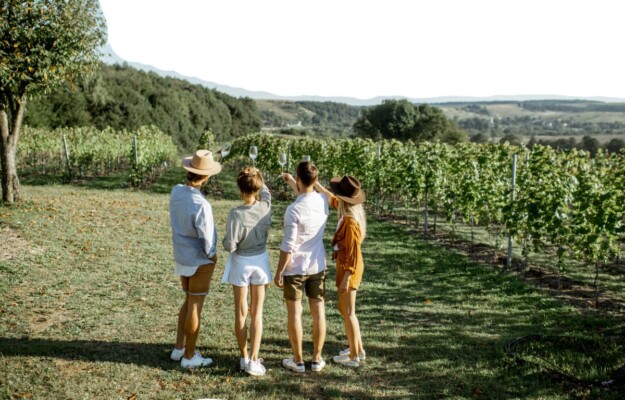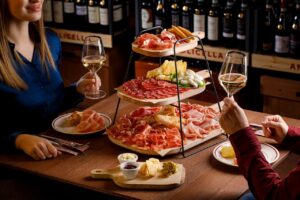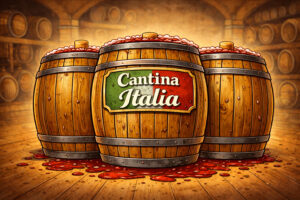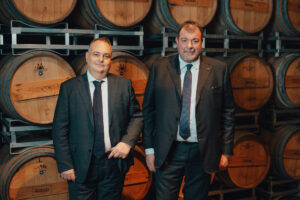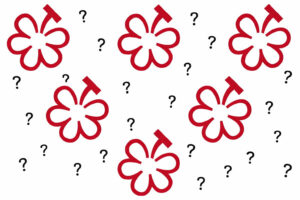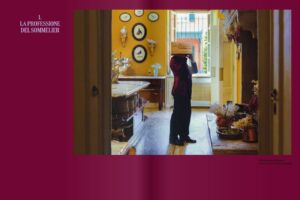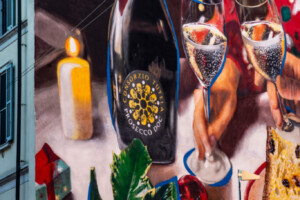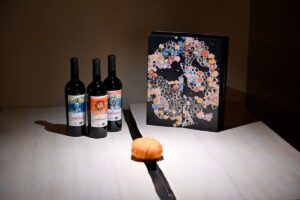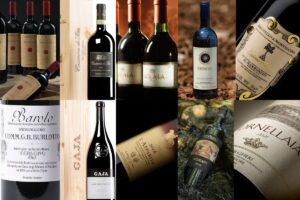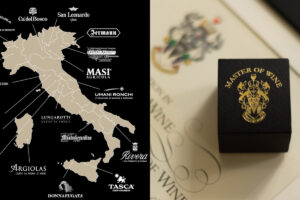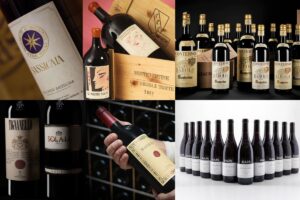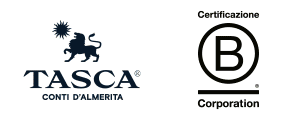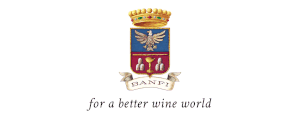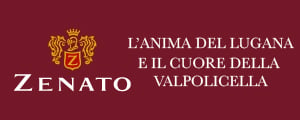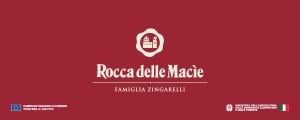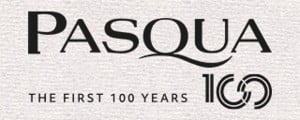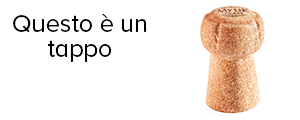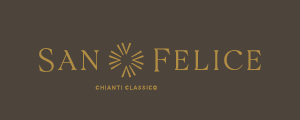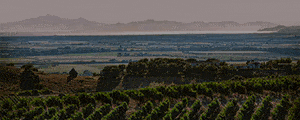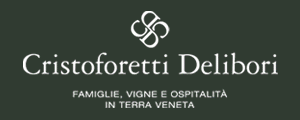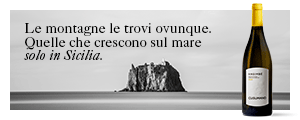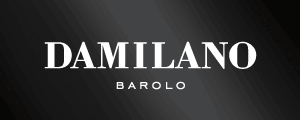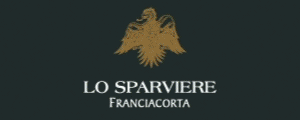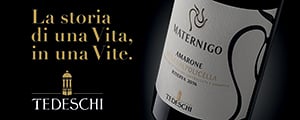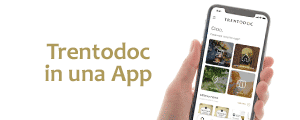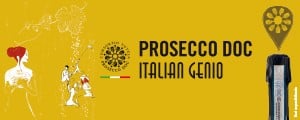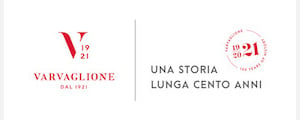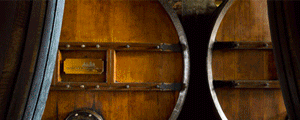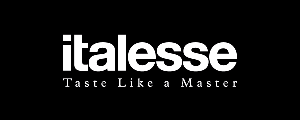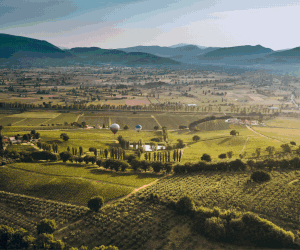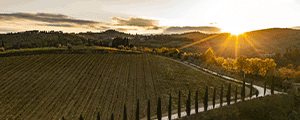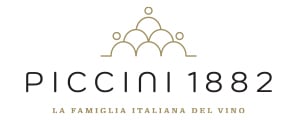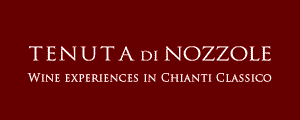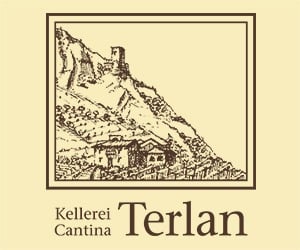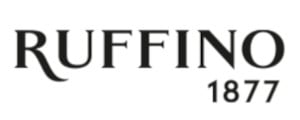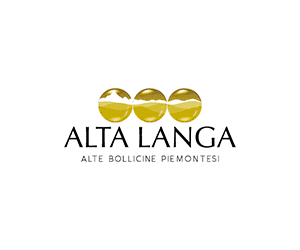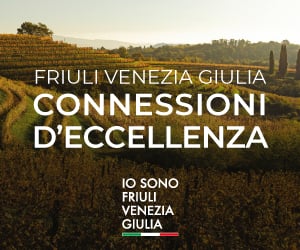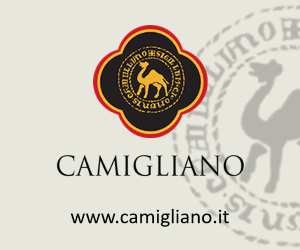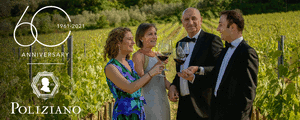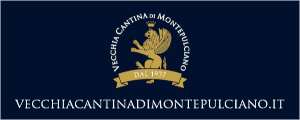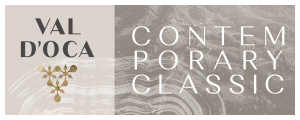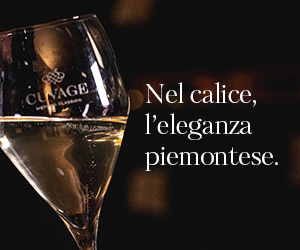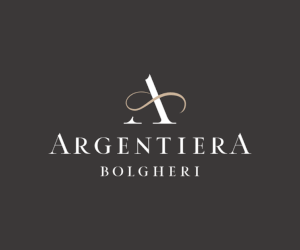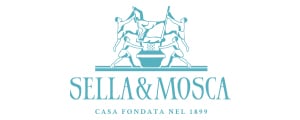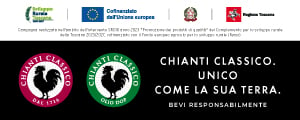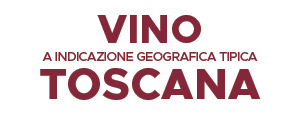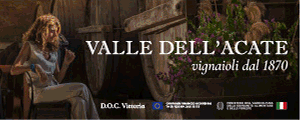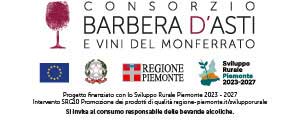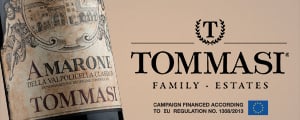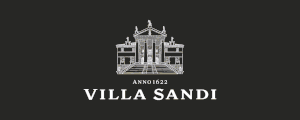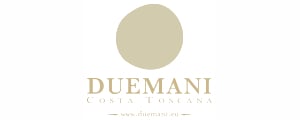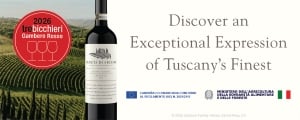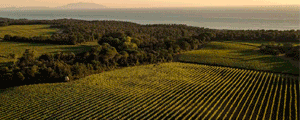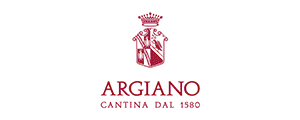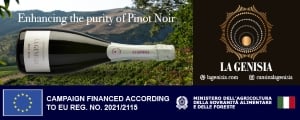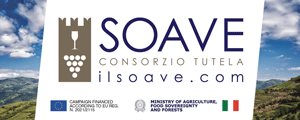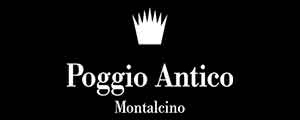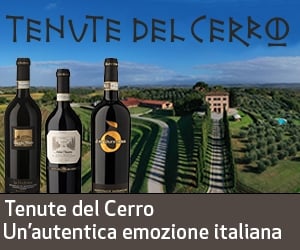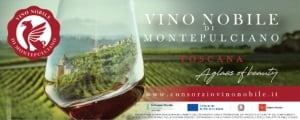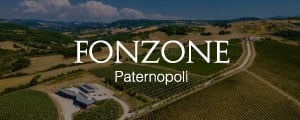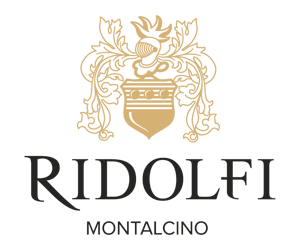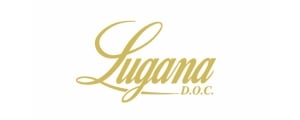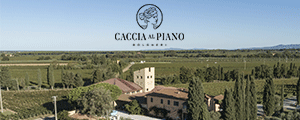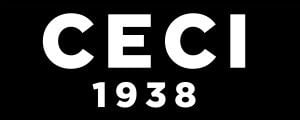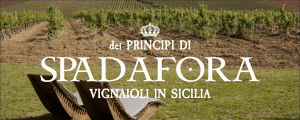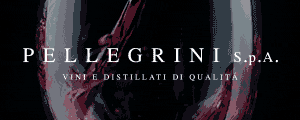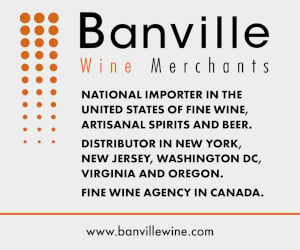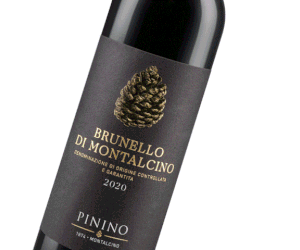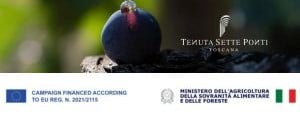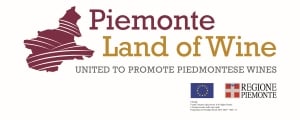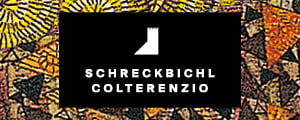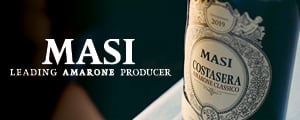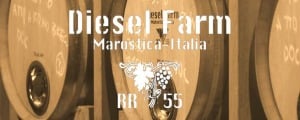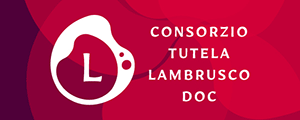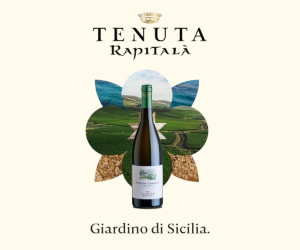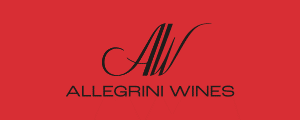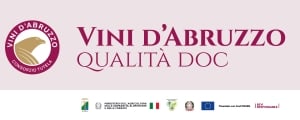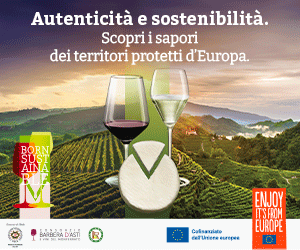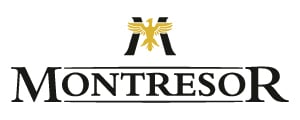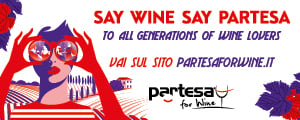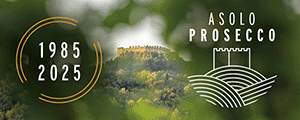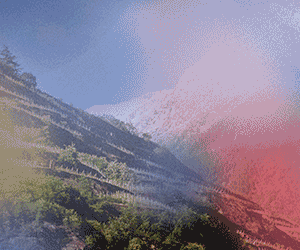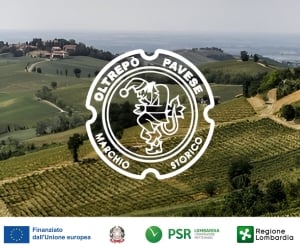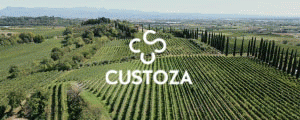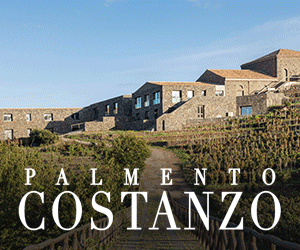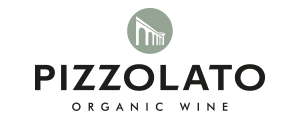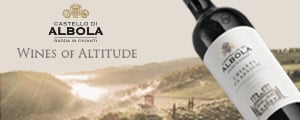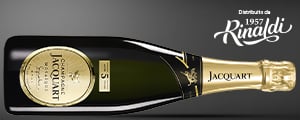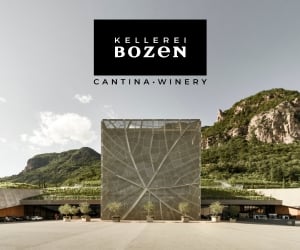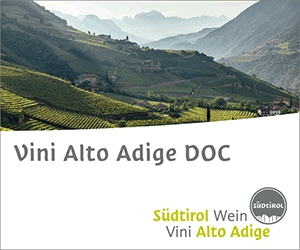An already concrete reality, but which hasn’t been valorized at the maximum of current offer yet. Italian wine tourism, as known, is at the top of international level, and it is an increasingly more important resource for wine companies: therefore, it represents a vital way out for direct sales, and it is the ideal means to make that experiential part live, made up not only of tastings and visits to the wineries, but also of open air activities thought for all ages, increasingly more researched by wine lovers from all over the world. Among the most enthusiasts and loyal to wine tourism, there is Gen Z (between 18 and 28 years) which represents almost a third of total bookings, an audience who is digitized, informed, curious, and attentive to cultural, social, and environmental value of the experience. But, in 2023, bookings dropped, and data makes reflect. “Focus Gen Z - Report Enoturismo e Vendite Direct-To-Consumer” 2025 - “Focus Gen Z - Report Wine Tourism and Direct-To-Consumer Sales” 2025 by WineSuite di Divinea – technological business supporting wine companies in the digitization of wine tourism, and of direct-to-consumer sales – according to which “operational barriers, few flexibility in formats, limited digital communication, and organizational prejudices risk to distance an audience, who, if correctly hosted, can become a strategic ally for the growth of direct sales”.
How can one do that? The proposed solutions range from the digitization of hosting, and communication to the proposal of experiences which are coherent with new consumption styles up to the adoption of an open, fluid and relationship-oriented approach. Because Gen Z, as well as the other generations of wine enthusiasts, needs to be involved. Gen Z is the first one to have entirely grown in a digital context, explores the world through smartphones, social media, and visual contents. In the context of enotourism, explains the report, it books almost exclusively online, it is very sensitive to aesthetics, authenticity, and to the tone of communication, looks for relationship rather than formal experiences, valorize products which are coherent with their idea: sustainability, organic, transparent supply chain, low or zero alcohol content. Feminine predominance is strong: 60.7% of bookings are carried out by women, data which is higher compared to the national average, and suggests that young women are often the decision makers in purchase and booking experiences linked to wine.
In 2024, Gen Z represented about 28.8% of wine tourism bookings, dropped by 32.2% of 2023. Therefore, it is a significant share, but the most relevant data, highlights the report, is not its reduction, “but the misalignment between the growing structured offer of wineries, and their ability to lure, and keep younger visitors. The drop indicates a potential slowing down in the interest, and, more probably, a difficulty by wine tourism offer to reply in an effective way to the expectations of this audience”.
Bookings concentrated mainly in August, September, and October, data showing a scarce market penetration in the other months of the year, and, therefore, that the process of deseasoning present in the national average didn’t fully affect this target. Regarding the management of booking, in 2024, the refusal tax for those of Gen Z reached 7.7% against a national average of 2.2%. “Does this behavior appear to be linked either to organizational choices made by wineries (inconvenient hours, small group sizes, lower ticket prices),the report notes, or to an implicit form of selection that tends not to value younger audiences? In both cases, data highlights a mismatch between supply and demand, which risks becoming a missed opportunity. While Gen Z shows interest and curiosity towards the world of wine, it also seeks accessible, flexible, and value-aligned experiential formats that can be booked independently. To truly engage this generation, it’s not enough to include them as a potential audience: it’s necessary to build a tailored offering, overcoming preconceptions and simplifying the hospitality process. The signals are clear: Gen Z wants to enter the world of wine tourism, but it needs doors that are truly open”.
Loyal to its digital nature, “96.1% of Gen Z bookings are made online, compared to an average of 65.9%. Manual bookings (via phone, email, or WhatsApp) account for only 3.9%, highlighting how essential it is for this audience to have an integrated booking engine on the website, fast, mobile-friendly, and accessible independently”. While summer holidays, as well as events like harvest season and autumn foliage, are particularly popular, Gen Z tends to visit wineries mainly on weekends. Wineries aiming to attract this demographic must therefore ensure availability, staff, and engaging experiences on key days like Saturday and Sunday. The average Gen Z booking value is 84.90 euros, with a per-person average of 31.40 euros, lower than the national average (36.90 euros): however, this is not about seeking low-cost options because “this audience is willing to pay for an offer that is consistent, authentic, and high-quality. Pricing must be transparent and well communicated”. Gen Z mostly books in pairs (68.6%), with an average of 2.7 people per booking, lower than the national average (3.5). Only 9.3% of Gen Z bookings involve more than four people.
A critical data point emerges: only 88.8% of Gen Z bookings are completed, compared to a national average of 92.1%. The main factor is the rejection rate, which reaches 7.7% for young people, versus 2.2% overall. However, cancellations by Gen Z visitors are lower (3.5% against 5.7%), demonstrating their reliability. “Data shows, the report explains, “that, with equal behavior, Gen Z is rejected three times more often than other users. This discrepancy isn’t justified by the figures, but rather reflects a potential lack of trust from wineries toward this target, sometimes perceived as less profitable or less “serious”. However, young people who book online, in advance, as couples, and pay independently are legitimate customers in every respect. Rejecting them at the booking stage means missing out on both commercial and relational opportunities.”
69.1% of Gen Z bookings come from Italian users, while 30.9% are from foreign tourists. Reverse data compared to the national average, where the foreign share is significantly higher (41.6%). This indicates that Gen Z is a primarily local target, traveling mostly within Italy. Among international visitors, the largest share comes from the United States (6.1%), followed by the Netherlands (4.8%), Germany (2.9%), and the United Kingdom (2.4%), with France, Belgium, and Switzerland each below 2%. It’s no surprise, then, that 67.1% of bookings are made in Italian, and only 30.7% in English.
According to the WineSuite report, in 2024 the three most visited regions by Gen Z were Tuscany (28.1%), Piedmont (16.8%), and Veneto (16.2%). These were followed by Lombardy (9.6%), Sicily (6.6%), Lazio (4.1%), and Puglia (2.6%). All other regions recorded less than 2.5%, with minimal percentages for the Abruzzi, the Marche, Basilicata, and Molise.
These numbers shouldn’t discourage anyone, because, the report states, “Gen Z is a target open to discovery, but it needs guidance.” Growth can be achieved by focusing on aspects such as the digitization of the offer, youth-oriented formats (afternoon, short, accessible, with storytelling), and communication. Wineries must think about a generation that “books online, chooses independently, seeks authentic experiences, and shares them on social media. They visit on weekends, spend wisely, and plan the experience as a social occasion rather than a formal one. However, they often face cultural and operational barriers: rejected bookings, lack of availability at key moments, experiences poorly suited to young audiences, or pricing perceived as disproportionate to the value”. Because “Gen Z doesn’t need to be “captured”: it needs to be understood, welcomed, and valued. It’s an already active target, but one that requires specific languages, formats, and specific modes of fruition”, concludes the report.
Copyright © 2000/2025
Contatti: info@winenews.it
Seguici anche su Twitter: @WineNewsIt
Seguici anche su Facebook: @winenewsit
Questo articolo è tratto dall'archivio di WineNews - Tutti i diritti riservati - Copyright © 2000/2025










